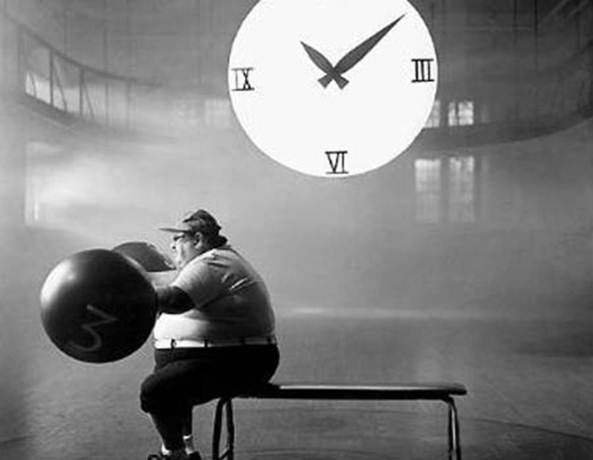Orderly exercise
It’s the age-old question: hit the weight room
first or the treadmill? For people with type 1 diabetes, that decision may
affect their risk for going low after exercising. Researchers monitored blood
glucose levels. Researchers monitored blood glucose levels in 12 study
participants during and after a 90-minute workout, starting with either 45
minutes of aerobic exercise and then switching to resistance training or the
other way around. Participants who ran on a treadmill before weight-lifting
experienced a steep decline in blood glucose during that session and then
continued to trend low, spending an average of 105 minutes under 63 mg/dl
overnight. Those who lifted weights first didn’t dip as low, needed to eat
fewer grams of carbohydrate to maintain blood glucose levels during exercise,
and spent only 48 minutes low overnight.

Decision
may affect their risk for going low after exercising
A day off
Physical activity is a boon for blood glucose
control, but researchers found that exercising every day may not be necessary.
In the study, people with type 2 diabetes cycled on a stationary bike for 60
minutes one day, skipping exercise on the next, or cycled for 30 minutes both
days. Both regimens helped normalize blood glucose levels, and it didn’t seem
to matter whether people exercised on one day or spread their activity over two
days. It’s unclear whether alternating workout days would affect other benefits
of exercise, such as weight loss and heart health. The American Diabetes
Association recommends no more than two “rest” days between bouts of aerobic
activity.

.
The American Diabetes Association recommends no more than two “rest” days
between bouts of aerobic activity.
Safety Note
Check with your health care provider before
making big changes in your exercise plan, which could require adjustments in
your meds, foods, or other treament.

Check
with your health care provider